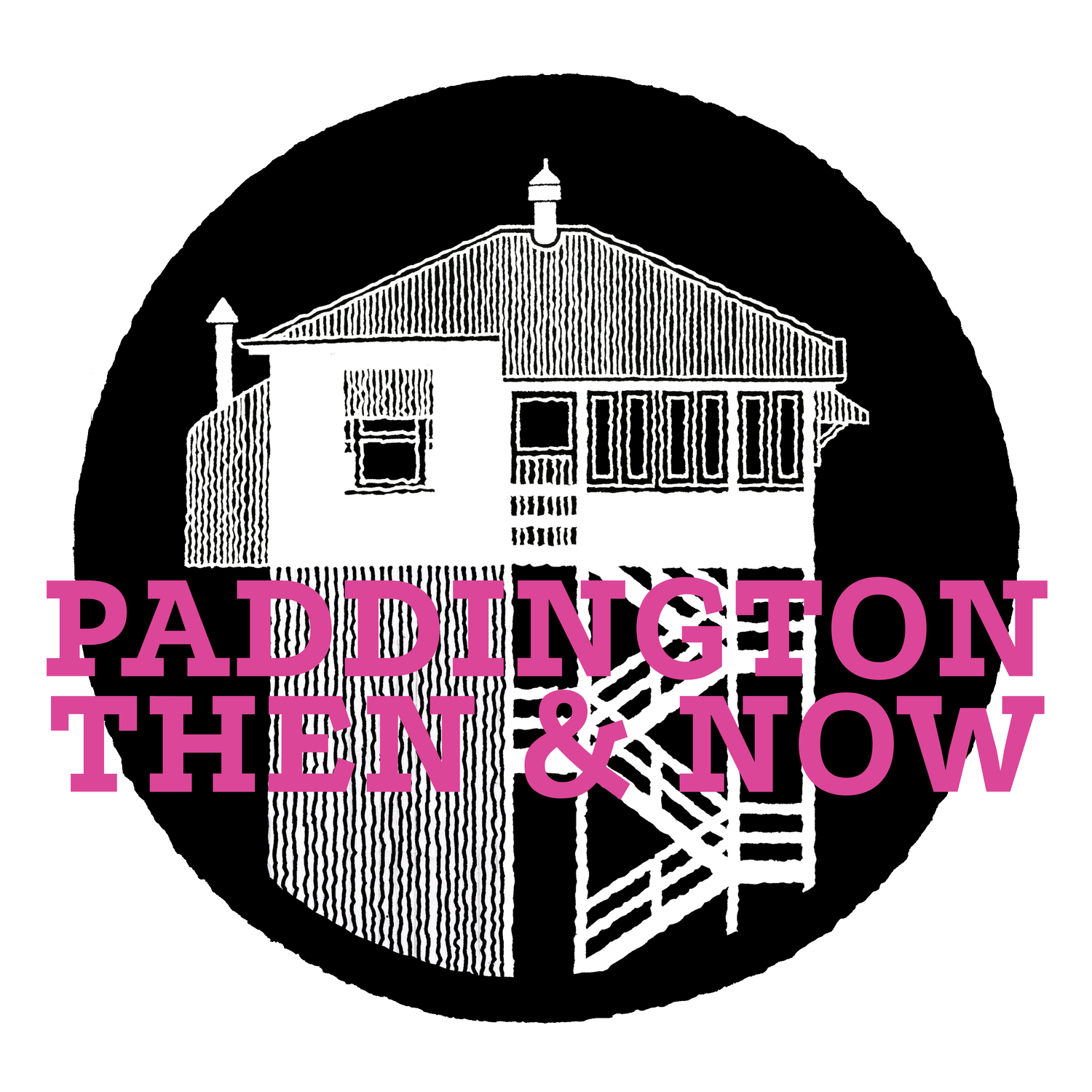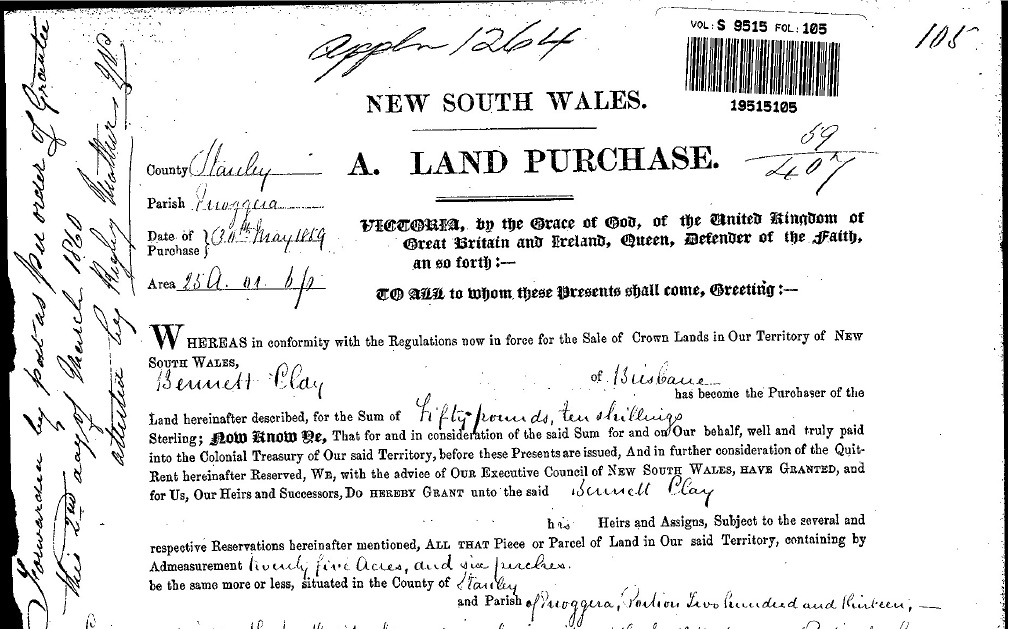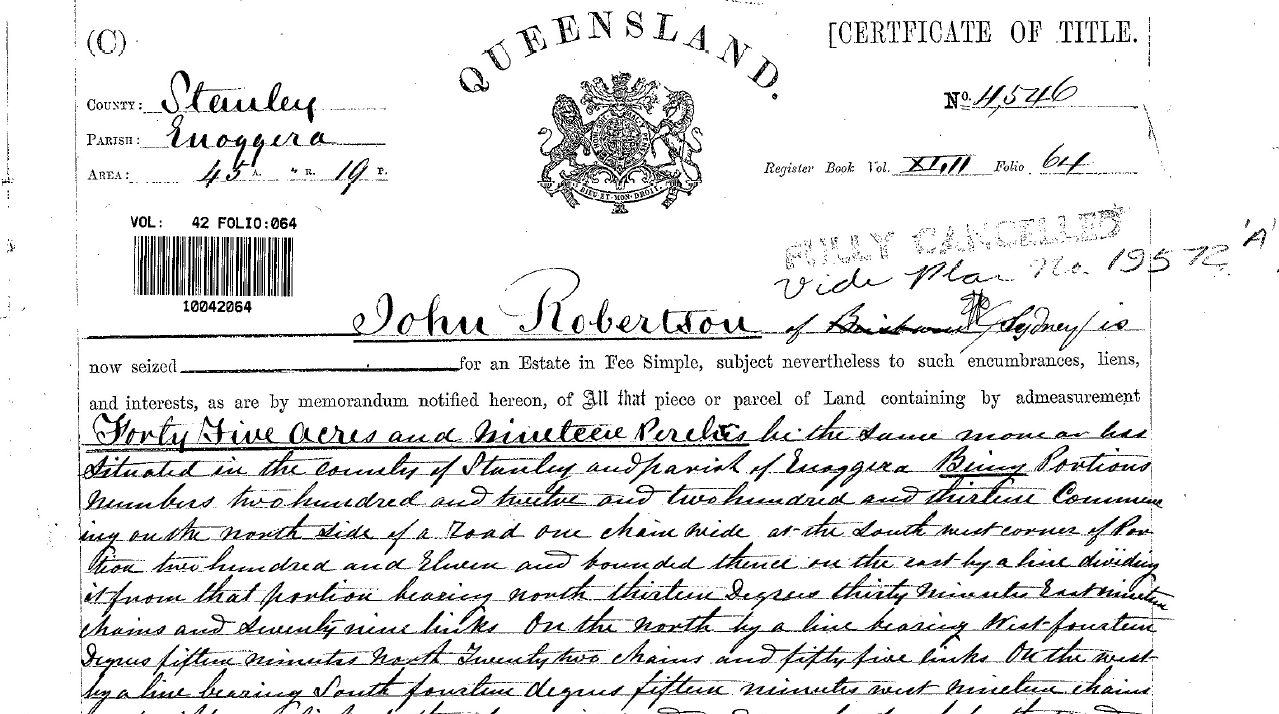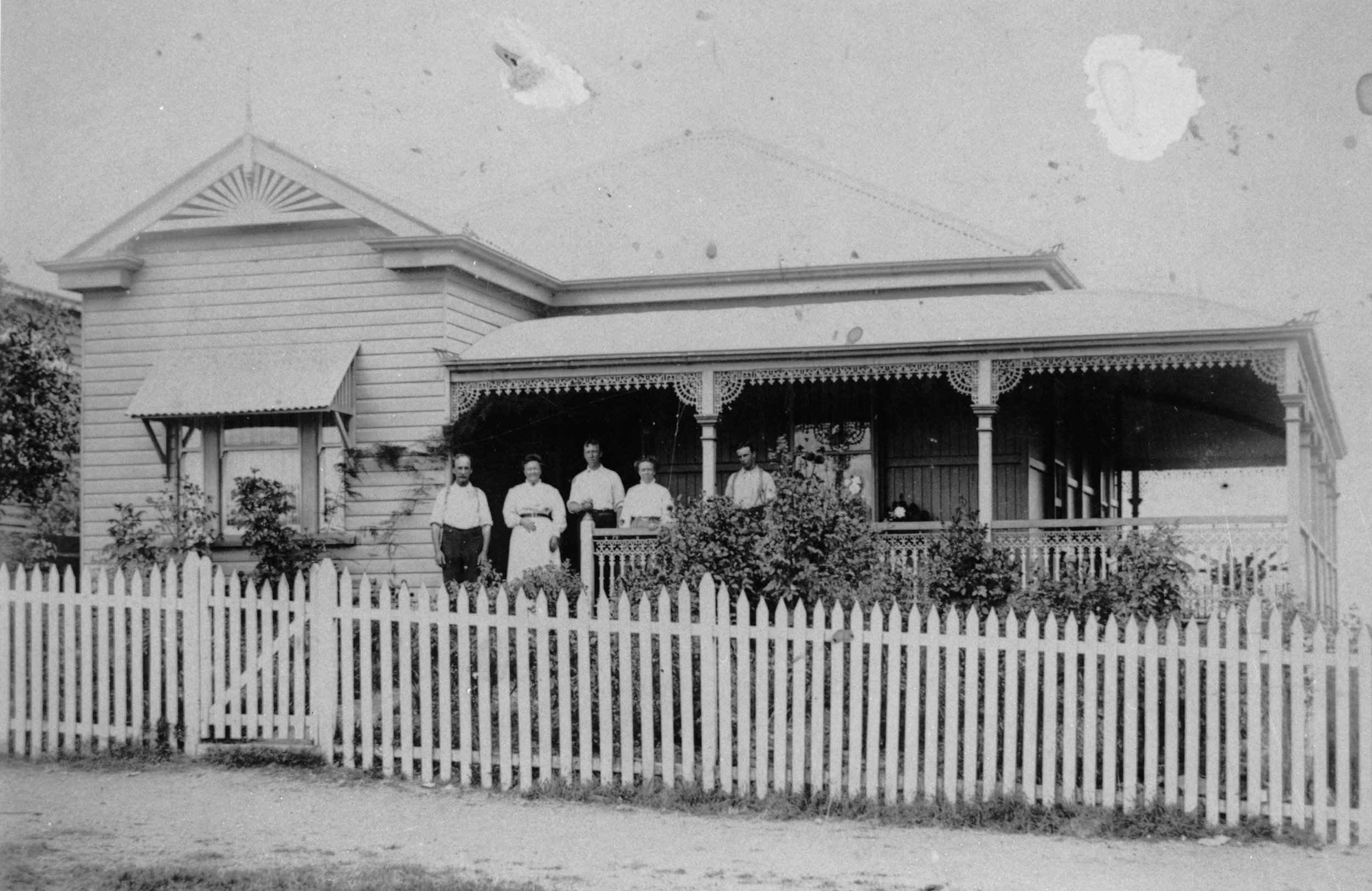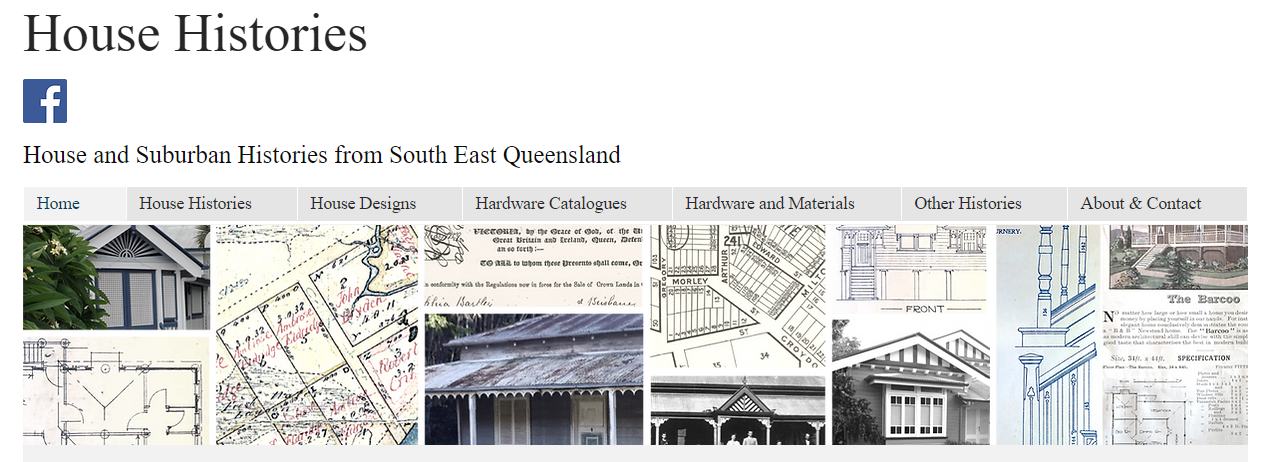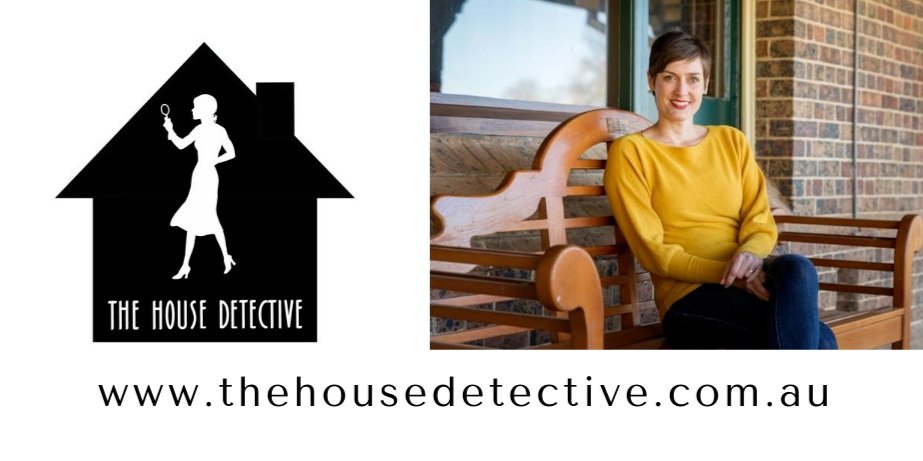House History Research
Researching the history of your house can be very exciting and can improve your connection to your neighbourhood.
Whether you’re researching for an historically sensitive renovation or you’d just like to know who lived there before you, you’ll find this list of resources invaluable.
Research guide and tips - from PTN
Useful links for researching your house’s history in Paddington, Bardon, Red Hill, Rosalie, Rainworth, Petrie Terrace and Milton.
The first piece of info you’ll need is your LOT and PLAN number. You can confirm this by visiting Titles Queensland and searching by your address.
Armed with your Lot and Plan number, the quickest way to get what you need is to make a phone call to speak to a Department of Natural Resources, Mines & Energy (DNRME) staff member. You can also send an email with your lot and plan number and the address of the property to info@titlesqld.com.au They office will search for the documents and then call you for payment by credit card over the phone.
It’s important to know that if you are looking to research a Queenslander home and work out when it was constructed, you will need to ask for a date range that includes from the “beginning”of the built environment ie: Crown Land Sales up until 1970 to get the full picture. You cannot buy this information onine or download the documents you need online - the digitised records will not go far enough back.
Call 07 3497 3479
Ask for your historical PAPER titles, for your property. You will need to have your credit card and email address handy for payment and delivery of the titles.
Note: If you ask for historical titles, they will search back in “history” but only to when digital versions started, so make sure you ask for the paper titles going right back to the original purchase from The Crown.
Depending on how many times your parcel has been subdivided or changed hands, you may need to buy more than one paper title to get the full history. (Budget for 4 or 5 paper titles at around $20 each)
Above: Section of the original land title (Qld was called NSW back then) and Bennett Clay purchased land from The Crown in Paddington in 1859.
The first guide you’ll need, is published by the Queensland Government, Department of Natural Resources, Mines and Energy. Titled, Land 101, this guide will show you how to read and understand administrative areas, property descriptions and land tenure. You’ll probably want to refer to this document when you get your paper titles back so you know how to read them.
All suburbs in the Ithaca area fell into the County of Stanley (still do) and the Parish of Enoggera.
Above: Example of a Certificate of Title from Paddington (Portions 212 and 213) purchased by John Robertson from Bennet Clay in 1864.
Once you have found the moment your parcel was divided into its current size you can begin to look for a build date for your house. this can be the tricky part and its often a combination of clues that gives your the answer. Look for a Mortgage stamp on your Certificate of Title.
Also try the Qld State Archives who published this helpful PDF document in 2016. QLD State Archives: History of Your House (2016) PDF & Links
Researching People
Most of the interesting parts of house history research come from the people who lived in the house in in the street. Start collecting the home / land owners names from each of the title certificates. You might also like to create a rough timeline for your property including the people who owned it and how long they lived there. If you’re very lucky, you might find some family still living in the area.
Verral Family home on Given Terrace, Rosalie, ca. 1907 (SLQ: V1-FL300289)
For researching biographical data we like to use the following resources:
TITLES - Make a list of all the relevant names to research from your Certificates of Title.
TROVE - Search for their name, your street name, exact address. Family Notices will often mention people by their full name and address. Newspapers also at one time published electoral rolls which can list residents.
ANCESTRY.COM.AU - Searching for a person’s name can lead you to Post office directories for their address and help you to confirm how long they lived in your house. It’s useful for births, deaths and marriages as well, so when you have that information about people it can often lead to better results.
POST OFFICE DIRECTORIES - The John Oxley library and the State Library have wonderful collections of these old books which often listed the names of the occupants in each house in order down the street.
Queenslander Homes & Renovation
If you’re wanting to do a restoration or an historically-sensitive renovation, then this website by Magnus Eriksson will be a gold mine. House Histories - Qld vernacular architecture and suburban history. House Histories is full of tips and examples of architecture, building materials, and techniques (to assist with your renovation plans) plus vintage design and hardware catalogues.
There are various books regarding the architecture of Queensland home which may be of interest and give you clues as to the year your house was built. Check your local library.
Online Resources
If you are going to visit the Brisbane City Archives, this document about their records and how to research will be very helpful.
Researching Your Family’s Home: A brief guide with hyperlinks
You might also like to try:
Grave Location Search - Brisbane City Council cemeteries and Crematoriums
The Brisbane City Archives (Images) - suburb maps, plans, documents, images from 1850’s to now.
Brisbane Building Records including detail plans records from 1903, digital copies of surviving pre 1946 building approval records held by Brisbane City Council.
Trove - search Australian libraries, universities, museums, galleries and archives. Newspapers can be particularly useful for house histories.
Tip: Remember that some street names were changed ca. 1940’s in Brisbane to eliminate multiples.
For street name changes and old place names please consult the excellent resource from Kerry Raymond - Renamed Places in QLD
Prefer to hire someone to do this for you?
Before you run off down a rabbit hole of research…It’s worth mentioning that you don’t have to do it yourself. If it’s all too hard and you don’t have the time, we highly recommend the services of this wonderfully committed architectural historian Marianne Taylor aka The House Detective.
Please feel free to email us with questions and remember to tell us your house’s story - we’d love to hear the history you’ve uncovered!
Email Caylie and Kerry on paddingtonthenandnow@gmail.com
